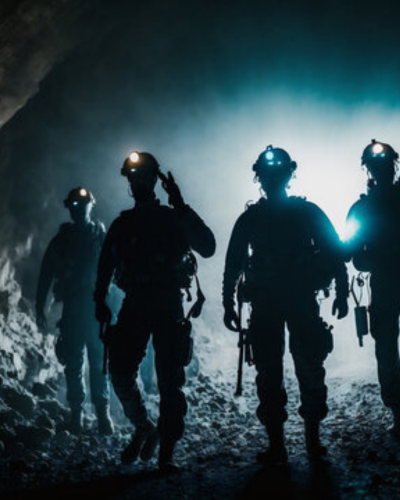

Date: March 11, 2025

Discover how 3D geological mapping is transforming the way mineral deposits are found, making exploration faster, smarter, and more accurate — a game-changer for the future of mining.
3D geological mapping involves creating a detailed, three-dimensional digital representation of the Earth's subsurface. By integrating geological, geophysical, and geochemical data, geologists can visualize underground rock formations, faults, and mineral deposits more effectively than ever before.
Traditional 2D maps provided limited insights, often leading to expensive drilling errors or missed opportunities. With 3D mapping, geologists can now:
The rise of high-resolution satellite imagery, LiDAR, and geophysical surveys (like magnetic, seismic, and gravity) has supercharged 3D mapping. Software platforms like Leapfrog Geo, Surfer, and Micromine now allow geoscientists to integrate this data in real-time to create dynamic geological models.
Companies at the forefront, such as DVS Mining, are integrating 3D mapping into their exploration strategy to minimize risk and maximize yield. By doing so, they’re able to fast-track discovery and reduce unnecessary operational costs — a smart move in today’s competitive landscape.
For stakeholders, the benefits are clear:
"A relevant quote to add value and context to the blog post."
Summarize the blog post here and provide a closing statement. Encourage readers to engage with comments or contact the company for more information.
Whether you're looking for more information or ready to start a project with us, we're here to help. Get in touch with us today!